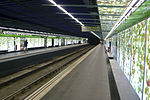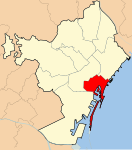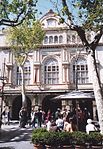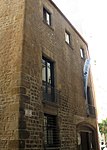2017 Barcelona attacks
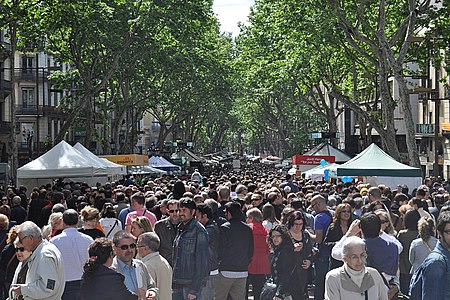
On the afternoon of 17 August 2017, 22-year-old Younes Abouyaaqoub drove a van into pedestrians on La Rambla in Barcelona, Catalonia, Spain killing 13 people and injuring at least 130 others, one of whom died 10 days later on 27 August. Abouyaaqoub fled the attack on foot, then killed another person in order to steal the victim's car to make his escape.Nine hours after the Barcelona attack, five men thought to be members of the same terrorist cell drove into pedestrians in nearby Cambrils, killing one woman and injuring six others. All five of those attackers were shot and killed by police.The night before the Barcelona attack, an explosion occurred in a house in the Spanish town of Alcanar, destroying the building and killing two members of the terrorist cell, including the 40-year-old imam thought to be the mastermind. The home had more than 120 gas canisters inside which police believe the cell was attempting to make into one large bomb (or three smaller bombs to be placed in three vans which they had rented) but which they accidentally detonated.The Prime Minister of Spain, Mariano Rajoy, called the attack in Barcelona a jihadist attack. Amaq News Agency attributed indirect responsibility for the attack to the Islamic State. The attacks were the deadliest in Spain since the March 2004 Madrid train bombings and the deadliest in Barcelona since the 1987 Hipercor bombing. Younes Abouyaaqoub, the driver of the van in the Barcelona attack, was killed by police in Subirats, a town 30 miles (48 km) west of Barcelona on 21 August.A 2022 statement by former Spanish police commissioner José Manuel Villarejo appeared to suggest in the Spanish High Court that the Spanish National Intelligence Service was aware of the attacks. Others have dismissed this statement as a conspiracy theory.
Excerpt from the Wikipedia article 2017 Barcelona attacks (License: CC BY-SA 3.0, Authors, Images).2017 Barcelona attacks
La Rambla, Barcelona
Geographical coordinates (GPS) Address Nearby Places Show on map
Geographical coordinates (GPS)
| Latitude | Longitude |
|---|---|
| N 41.381388888889 ° | E 2.1730555555556 ° |
Address
Liceu
La Rambla
08001 Barcelona (Ciutat Vella)
Catalonia, Spain
Open on Google Maps
